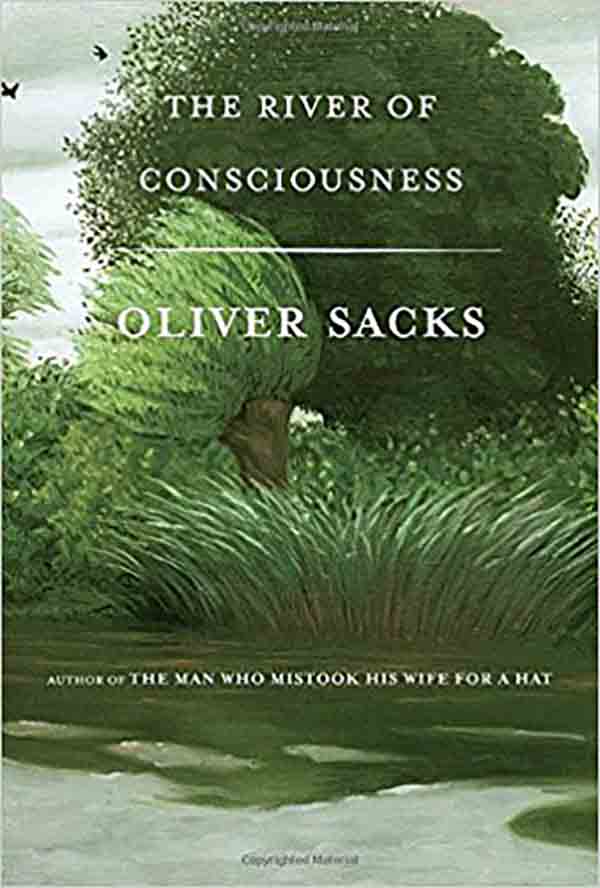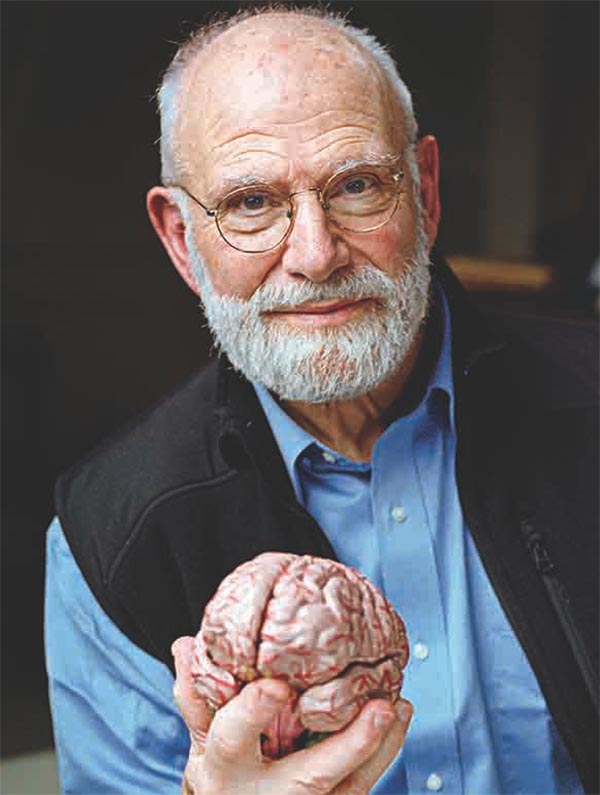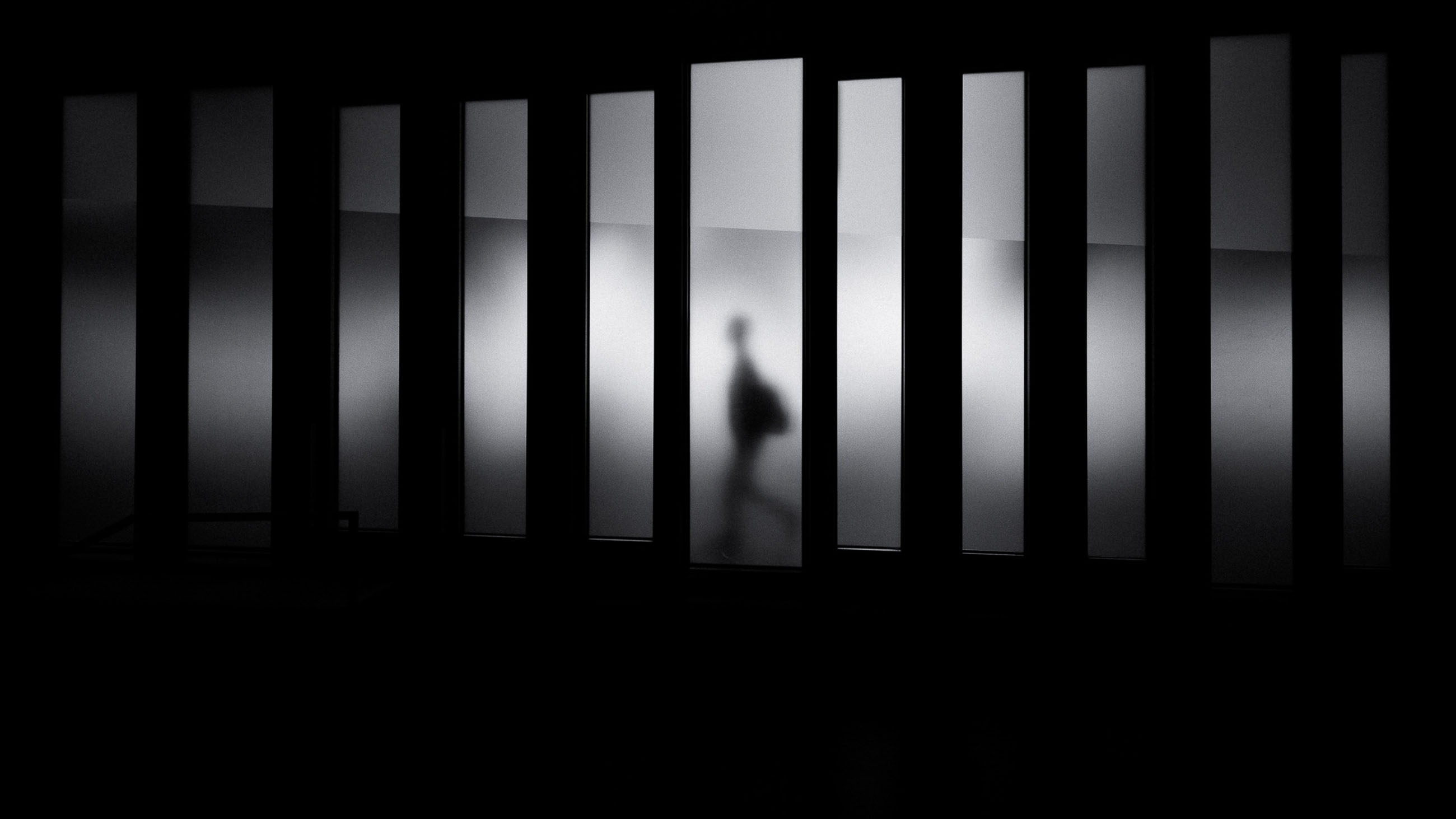In the winter of 2015, six months before his death, Oliver Sacks wrote something akin to his own obituary for The New York Times. He spoke of his gratitude for the life he’d lived, the friends he’d made, the intellectual journeys he’d pursued. “Over the last few days, I have been able to see my life as from a great altitude, as a sort of landscape, and with a deepening sense of the connection of all its parts,” he wrote.

BOOK REVIEW — ”The River of Consciousness,” by Oliver Sacks (Knopf, 256 pages).
That ability to see things as though with a wide-angle lens, and connect seemingly disparate details, served him well. Sacks — physician, neurologist, author — became one of the best-known nonfiction writers of the last half-century. He had a particular gift for writing about peculiarities of the brain and mind, and for describing case studies with insight and compassion. (The Times called him a “poet laureate of contemporary medicine.”)
Investigating neurological disorders was his forte, but his interests covered much broader territory. “The River of Consciousness,” a collection of 10 previously published essays, is compact but remarkably diverse. The stories remind us that Sacks could write about nature with the eye of a Darwin or an Audubon; he could weigh in on matters of physics (a field far from his own training) without loss of credibility; he could explore the history of science with a precision rarely seen outside academia. (One gets the feeling that, had he been so inclined, Sacks could have given us compelling biographies of Sigmund Freud, William James, or any of a half-dozen other key figures from the history of Western thought.)
Sacks never needed flowery prose: Describing what he saw and thought was enough. In the book’s ninth (and eponymous) essay, Sacks tells us he is “sitting at a café on Seventh Avenue, watching the world go by”:
My attention and focus dart to and fro: a girl in a red dress goes by, a man walking a funny dog, the sun (at last!) emerging from the clouds. But there are also other sensations that seem to come by themselves: the noise of a car backfiring, the smell of cigarette smoke as an upwind neighbor lights up. These are all events which catch my attention for a moment as they happen.
This is enough to remind us that conscious experience, as mundane as it may be, is also astonishing for being conscious experience — but it’s in the next sentence that we discover where we’re heading: “Why, out of a thousand possible perceptions, are these the ones I seize upon?”
Why indeed? The brain — three pounds of astoundingly complex gray and white matter — takes in a flood of information via the senses, a myriad of electrochemical signals of which only the slimmest threads find their way into our conscious awareness. Sacks does not present a new theory of consciousness (there are plenty to weigh down your nightstand as it is) — but he is a master at laying out the problem, defining its terms, and reminding us where the mysteries lie. Vision, because it is relatively easy to probe, has long been studied as a potential entryway into conscious awareness. William James compared visual perception to the flickering images of the zoetrope; the philosopher Henri Bergson compared it to the brief illumination of movie frames as they pass through the projector.
More recently, Francis Crick and his protégé Christof Koch have studied the “neural correlates” of perception, and of consciousness more generally; the biologist Gerald Edelman, meanwhile, developed a theory of consciousness known as “Neural Darwinism,” which looks at the behavior of groups of neurons and how they change over time. Sacks glosses the insights of these and other thinkers as he searches for understanding: Somehow, our brains weave moments into experiences, experiences into memories, memories into selves. (I can’t help wondering if Sacks got around to reading the physicist Julian Barbour’s 1999 work “The End of Time.” Barbour argues that there are only moments; the rest is an illusion.)

Oliver Sacks had a particular gift for writing about peculiarities of the brain and mind.
Visual: Adam Scourfield
Along the way, we discover that reptiles may have been the first creatures to have something like a “stream of consciousness”; amphibians likely have no such experience. (A frog reflexively deploys its tongue when a fly is within range, but it doesn’t look around for things to eat the way a gecko or a chameleon does.) This is Sacks the naturalist and Sacks the neuroscientist, but Sacks the historian is never far away; Darwin, we’re reminded, wondered if earthworms have minds.
The nature of consciousness is the deepest of the puzzles that fascinated Sacks — but the perception of time and the mechanics of memory also commanded his attention. Born in a London suburb, he was a child during the Second World War. When he was writing his first autobiography, “Uncle Tungsten,” he dissected his wartime memories, giving vivid accounts of two German bombing raids (snippets of which are reproduced here in an essay titled “The Fallibility of Memory”). In the first raid, the bomb failed to explode; his family and the neighbors “crept away… many of us in our pajamas … we all carried electric torches dimmed with red crêpe paper.” In the second raid, “an incendiary bomb, a thermite bomb, fell behind our house and burned with a terrible, white-hot heat. My father had a stirrup pump, and my brothers carried pails of water to him, but water seemed useless against this infernal fire.”
After “Uncle Tungsten” was published, Sacks was shocked to discover that one of those memories wasn’t real. Both events happened, but he was a witness only to the first. As his brother Michael explained, he and Oliver were in the countryside when the second raid occurred — but his “memory” perfectly matched the description their older brother, David, had provided in a letter. In time, David’s description became Oliver’s memory. Without Michael’s intervention, would Sacks have discovered the false memory? “Would psychoanalysis, or, for that matter, brain imaging, be able to tell the difference?”
When the remembering brain happens to be inside a president’s head, the “memories” face more scrutiny. Sacks points out that as a candidate in 1980, Ronald Reagan “remembered” the story of a World War II bomber that was disabled by enemy gunfire. One of the crew was badly injured and unable to bail out; the pilot chose to remain in the doomed plane by his side. Only it wasn’t real; it was a scene from the 1944 film “A Wing and a Prayer.” (In my own book “In Search of Time” (2008), I discuss President George W. Bush’s flawed memory of the 9/11 attacks — he “remembered” watching the first plane hitting the World Trade Center on TV, which is impossible; footage of the first hit emerged only later. And of course Donald Trump’s “memory” of Arab-Americans in New Jersey cheering during the 9/11 attacks is false, too — possibly a misremembering of footage from the Israeli-occupied territories.)
“It is startling to realize, though, that some of our most cherished memories may never have happened — or may have happened to someone else,” writes Sacks.
“The wonder is that aberrations of a gross sort are relatively rare, and that for the most part our memories are so solid and reliable,” he later adds.
Sacks ended his 2015 Times essay with words of thanks: “Above all, I have been a sentient being, a thinking animal, on this beautiful planet, and that in itself has been an enormous privilege and adventure.” But as anyone who has read “Awakenings” or “The Man Who Mistook his Wife for a Hat” knows — and as these essays remind us — it is we who have been privileged; it is we who should be thankful for having been a part of the adventure.
Dan Falk (@danfalk) is a science journalist based in Toronto and a former Knight Science Journalism fellow. His books include “The Science of Shakespeare” and “In Search of Time.”










